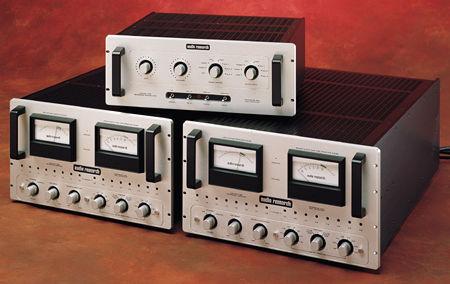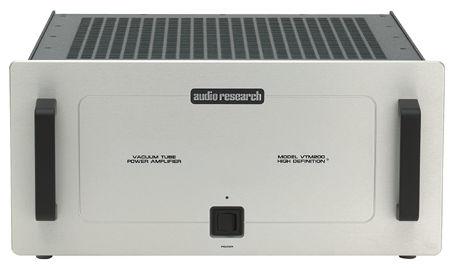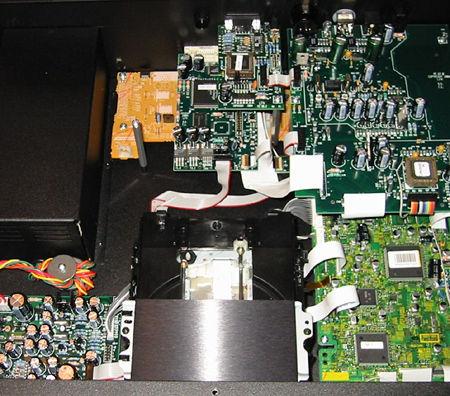| Columns Retired Columns & Blogs |
LATEST ADDITIONS
|
Mar 27, 2005 |
0 comments
In a a <A HREF="http://www.stereophile.com/news/031405discs">recent article</A>, <I>Stereophile</I>'s Jon Iverson cited the increase in broadband usage as an indication that more folks may get their music via download than disc in the future. What do you think?
Given equivalent quality, do you think downloads or discs will become the most popular medium in the next 5-10 years? Why?
Discs
30% (30 votes)
Downloads
65% (66 votes)
Something else
5% (5 votes)
Total votes: 101








